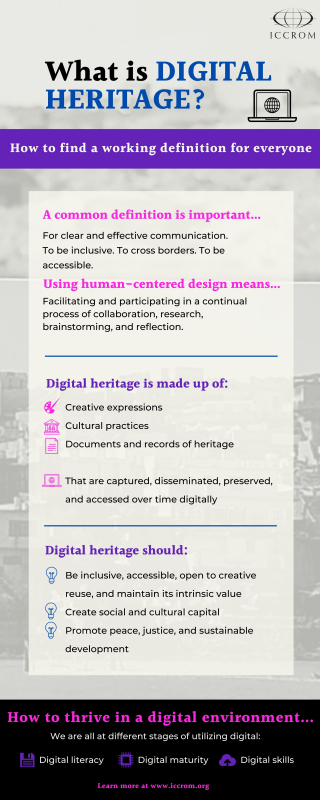Would you consider a popular TikTok trend, such as the Jerusalema dance challenge, digital heritage?
How about an infamous Vine video, often now only found in YouTube compilations?
Or what about tweets and memes referring to the death of Flash animation?
Whether or not you consider these to be examples of ‘heritage’, and therefore digital heritage’, depends on if you think they have shared value for both present and future generations, and then decide to preserve them for future use, enjoyment, and learning opportunities. These examples show how much our digital environment has changed since 2003, when UNESCO adopted the Charter on the Preservation of Digital Heritage, and its 193 member states agreed to guard against the loss of unique digital resources to protect humanity’s common heritage. We have developed and adopted new technologies, the internet has penetrated more of the world’s population, and increasingly more realms of daily life have become digitized. All of this raises the importance of sustaining our digital heritage today.
Even if you have not yet settled on whether TikTok videos should be preserved for posterity, it is clear from the sheer number of people using it every day that it is a significant part of today’s cultural experience. TikTok has a staggering 689 million active monthly users worldwide – add the 600 million daily active users of its Chinese equivalent Douyin and the popularity of these platforms is undeniable. Notably, the average TikTok user spends close to an hour watching TikTok videos every day,1 and while TikTok is especially popular amongst younger people, user demographics have been shifting and growing in the past year.
An important lesson from the current popularity of TikTok, and the decline and discontinuation of platforms like Vine and Flash, is that one of the biggest obstacles to preserving digital heritage is simply the vast amount of content being created in the digital space. This immense challenge of scale is further complicated by issues such as changing file formats, complex rights holders, and even obsolescence of technologies, meaning we cannot risk waiting to see what is deemed to be digital heritage before taking the necessary action to preserve it. We must prioritise safeguarding future access, reuse, and understanding of digital materials.
At ICCROM, we use the phrase ‘sustaining digital heritage’, rather than ‘preservation’ or ‘curation’, because we want to capture the entire scope of actions needed to keep digital heritage ‘alive’. While the word ‘sustain’ is certainly related to ideas of ‘sustainable’ and ‘sustainability’, we want to emphasise nourishing digital heritage to support its longevity and ability to change and evolve over time. We believe that finding a common definition (or definitions) is crucial to this process, facilitating communication that is effective, productive, and most importantly, inclusive. Our current working definition, seen in the infographic above, represents the beginning of a conversation, not the end – we are open to feedback and eager to receive suggestions.
So, what does digital heritage mean to you? What little nugget of online culture or digital artefact would you sorely miss if it disappeared tomorrow? We'd love to hear your thoughts, experiences, and reflections. Let us know on our social media!

